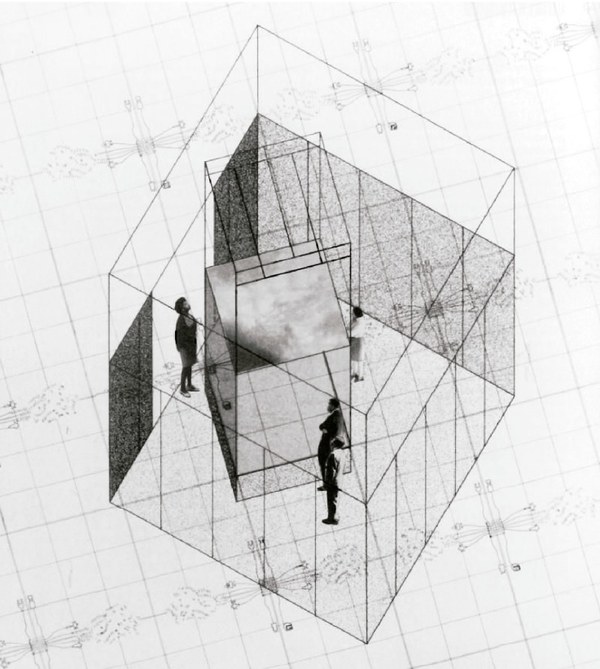Bases of Design. Morning
Professors
Daniel García-Escudero [R]
Aitana Arroyo Samso Maria Beni Ezquerro Beatriz Borque Badenas Francesc Camps Palou Maria Agustina Coulleri Relja Ferusic Manusev
Adrià Orriols Camps Jaume Prat Ortells Gerard Puig Freixas Carles Sala Roig Eva Serrats Luyts
Classrooms
A-11, A-12, A-13, A-14
A-21, A-22, A-23
A-24, A-32, A-33, A-34, A-35
Timetable
Tuesdays 11:00-13:00
Thursdays 08:30-11:30
Introduction
The question is: can we talk about architecture without referring to the conditions and responses that have to do with use, place or construction? As a teaching method for learning architecture, this teaching program proposes to address these factors sequentially and cumulatively. Despite the fact that the synthesis of all these factors would be the ultimate object of Architecture, they are pedagogically considered as layers that are superimposed on the different exercises that are developed during the course, in such a way that it begins with a purely formal exercise in which raises issues of relationship, position and combination of basic geometries, which progressively assume the condition of material architectural elements, which resolve certain activities in a specific location.
In this conceptual framework, Bases for Project I - II form a logical unit in the process of introduction to the basic subjects of the preparatory module of the first academic year, despite the fact that they are actually two separate subjects with independent evaluations. That is why they are proposed as a teaching unit, with continuity of content and methodologies, processes and dynamics. From the construction of form to the experience of space therefore includes two consecutive approaches to the concepts of form and space, with a common thread that is the emblematic exercise Nine-*Square Grid Problem, which, from the University of Texas and the Cooper Union, has been practiced in schools everywhere as an introductory exercise in the world of architecture and its logic, first geometric and abstract, then formal, spatial and constructive. In short, the student is accompanied on a journey from what is intellectual to what is sensory, from object to subject, from geometry and elements to their relationships and space (abstract and concrete elements of a site).

Share: